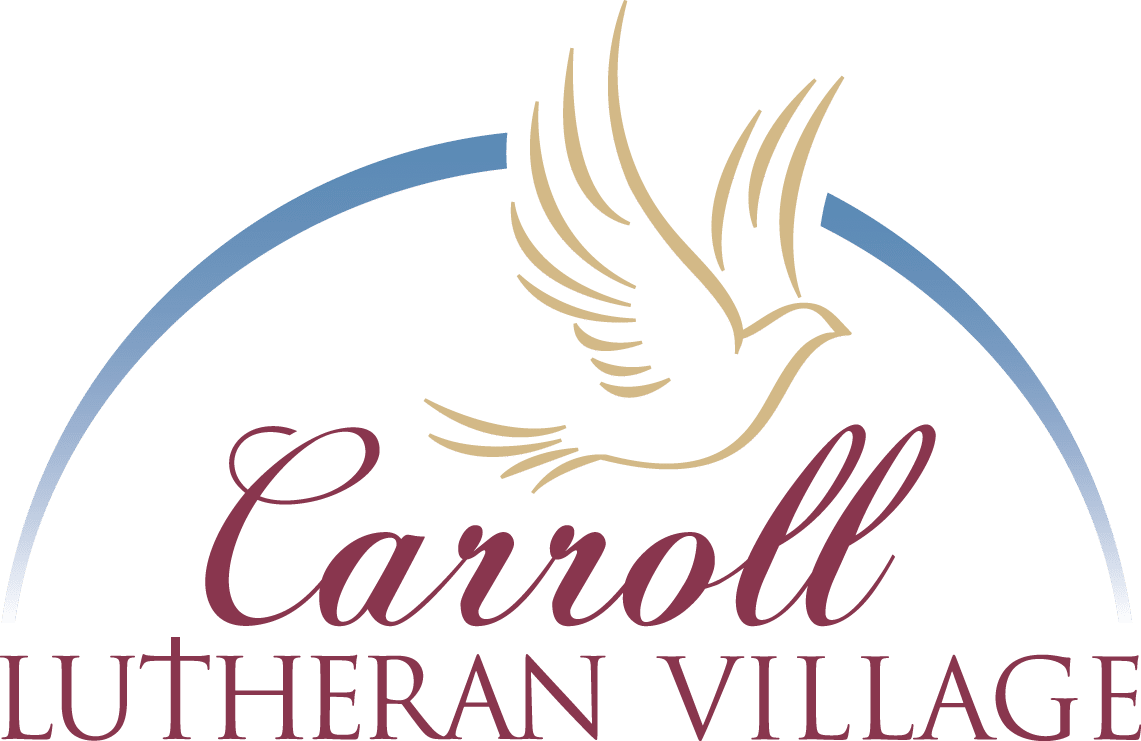Preparing for a time when you may need long-term care can be complicated. There is no way to know what kind or amount of care you will need, so you it’s best to have a clear understanding of long-term care costs in different scenarios, which is why we’re sharing this information to get you started.
Long-term custodial care at home
The most common type of long-term care is custodial care, which provides hands-on help with daily tasks like housekeeping, dressing, personal hygiene, meal preparation, mobility and medication management. If you’re not in a position or prefer not to access this type of assistance from family, you’ll need to consider outside resources.
Home-based long-term care costs vary by location and availability. According to the 2021 Genworth Cost of Care Survey the monthly median cost for homemaker services in Maryland was $4,957 and home health aide services were $5,148. When overnight care is needed, the long-term care costs can rise considerably.
One of the key concerns with in-home care is the shortage of home care workers, which is at crisis levels due to COVID-19, non-competitive wages and the growing number of older adults who want to live at home but need daily care. Even when a caregiver can be found, it may be difficult to keep them long term due to the profession’s high turnover rate of 65.2 percent, in 2021 according to Home Care Pulse benchmark survey.
Long-term custodial care in an assisted living community
Another option for you to consider is receiving long-term care in an assisted living community. Although it is a common misconception that long-term care costs in a senior living community are more expensive than in-home care, the Genworth Survey tells a different story. In 2021, the national monthly median cost for assisted living was $4,500, which is the same for the monthly median costs in Maryland. Compare the cost with home-based long-term care costs, it’s clear that long-term care costs in an assisted living community in Maryland is less expensive.
In an assisted living, unlike at home, you’ll never be completely alone because dedicated staff are always available to help should the need arise. You’ll be in a safe and secure environment every minute of every day.
Additionally, groceries, utilities, safety systems, home maintenance and transportation are often include in assisted living’s monthly long-term care costs. Learn more about how to decide between home-based care and assisted living.
All day 24-hour care/supervision at home or in a nursing home
When a higher, more comprehensive level of care is needed (e.g. Alzheimer’s disease support) long-term care costs and 24-hour a-day in-home supervision considerably rise. According to the Genworth Survey, the national median monthly cost for 24-hour care seven days a week ranges between $18,927 for homemaker services and $19,656 for a home health aide. In Maryland the monthly median cost for either homemaker services or a home health aide is $19,656.
The differences of long-term care costs between home-based care and a nursing home are even more striking. The national median monthly cost for a private room in a nursing home is $9,034 and $7,908 for a semi-private room. The same care in Maryland is $12,167 for a private room and $10,342 for a semi-private room.
Furthermore, activities and therapies that can help slow disease progression in addition to assisted living’s amenities are included in a nursing home’s long-term care costs. For example, our memory care support team includes a variety of activies to help our residents who are living with Alzheimer’s. Nursing homes support living a fulling life as independently possible for as long as possible, and similar to assisted living, they also provide 24/7 supervision in a secure environment.
It’s difficult to predict the long-term care costs you may face. As explained, there are several options to consider – some offering a greater level of care at a lower cost. Planning for the unexpected will help you, and perhaps your loved ones, make informed decisions about long-term care costs if you should ever need long-term care.





